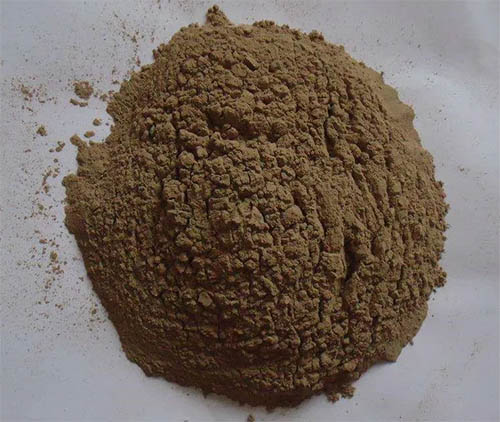
Bentonite synthesis Zeolite molecular sieve
Bentonite is a layered aluminosilicate mineral with montmorillonite as the main mineral component. It consists of two silica tetrahedrons sandwiched with an alumina octahedron to form a typical 2:1 structure. Its theoretical chemical formula is (1/2Ca, Na) x (H2O) 4 {(Al2-xMgx) [Si4O10] (OH) 2}. With a high silicon aluminum content, it can be used as the raw material for the synthesis of zeolite molecular sieves.
When using bentonite to prepare zeolite molecular sieve, the acidification method is usually used to activate the bentonite. After pretreatment and activation, the 2:1 layered crystal structure of the bentonite mineral is destroyed in the acidification process, and most of the impurities such as Mg and Fe are removed, becoming the active silicon aluminum source for the synthesis of zeolite molecular sieve. H. Faghihian et al. acidified bentonite with concentrated HCl and added it to NaOH solution to form gel. They found that there was an obvious competition between P-type molecular sieve and Y-type molecular sieve in the process of synthesizing molecular sieve from bentonite. It was concluded that Y-type molecular sieve with high crystallinity could be obtained under the optimized conditions of crystallization temperature of 97 ℃, aging time of 20h, and NaOH concentration of 3mol/L.
